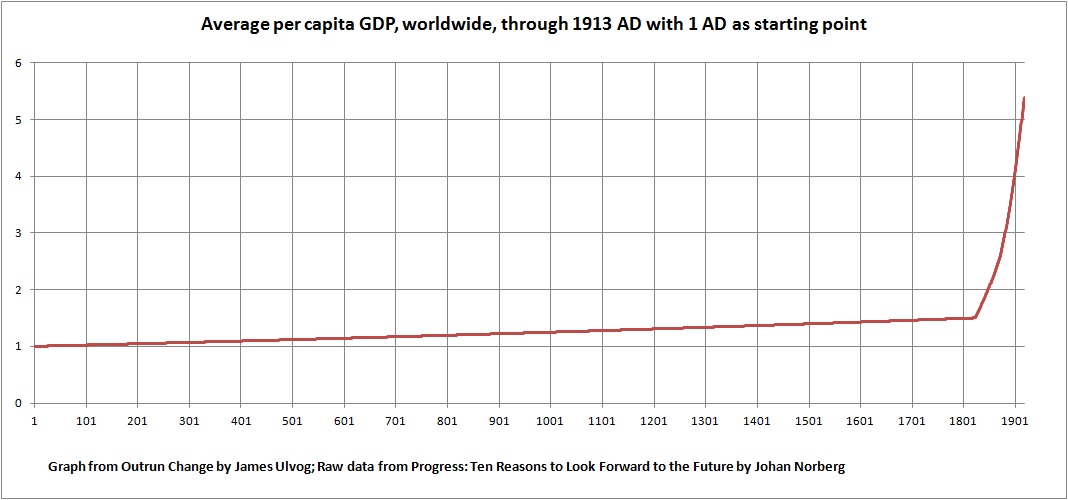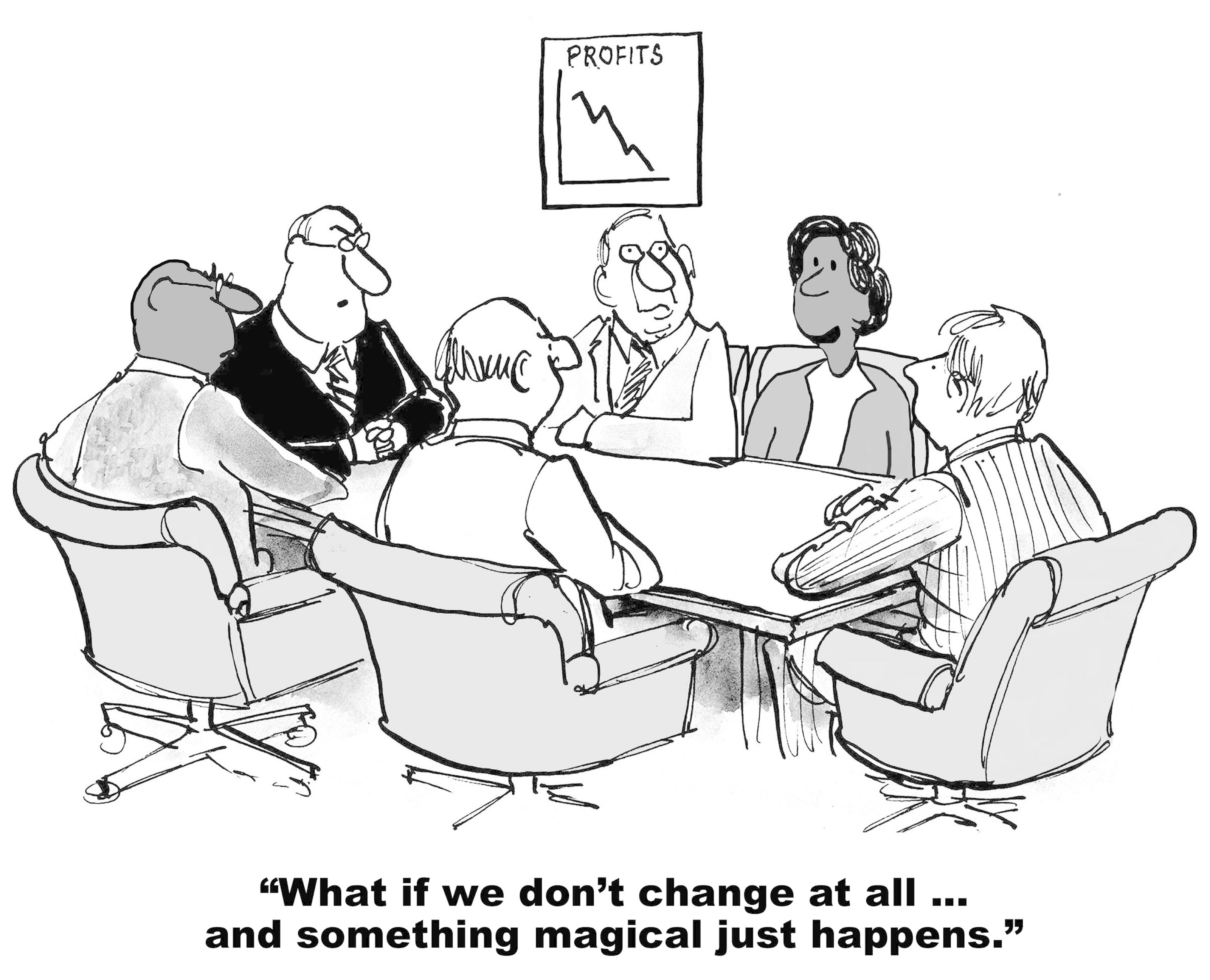
As a public service to people planning a felony (but will never read my blog) and also for entertainment of people who would never commit a felony, I have accumulated a few stories of people who really messed up their escapade by not quite thinking things through.
Extra special tip for your planning consideration: pay attention to the impact of technology.
Previous discussions:
- Friendly tip to people planning a felony: don’t do it. And if you still want to, you might want to avoid planning your escapade with the internet or your phone.
- More tips for people planning a felony. Don’t do it.
Here are a few more tips on how not to commit a felony, or in one situation how not to commit fraud:
Tip #13
This item doesn’t involve criminal charges, but it sure does fit with the theme of these posts…

Guy took some time away from basketball after college and playing pro on several teams in Europe. Wanted to join a team in Bosnia after his break.
The league requires a drug screening test. For reasons unknown, he used his girlfriend’s urine. Seems obvious to me that he wanted to hide something.
Urine test was clear for banned drugs.
However…
Continue reading “More tips for people planning a felony on what *not* to do.”













